Enhance the charm of your farmhouse kitchen with a brick backsplash that adds character and texture. Explore different brick styles, patterns, and installation ideas to create a stunning focal point in your culinary space.

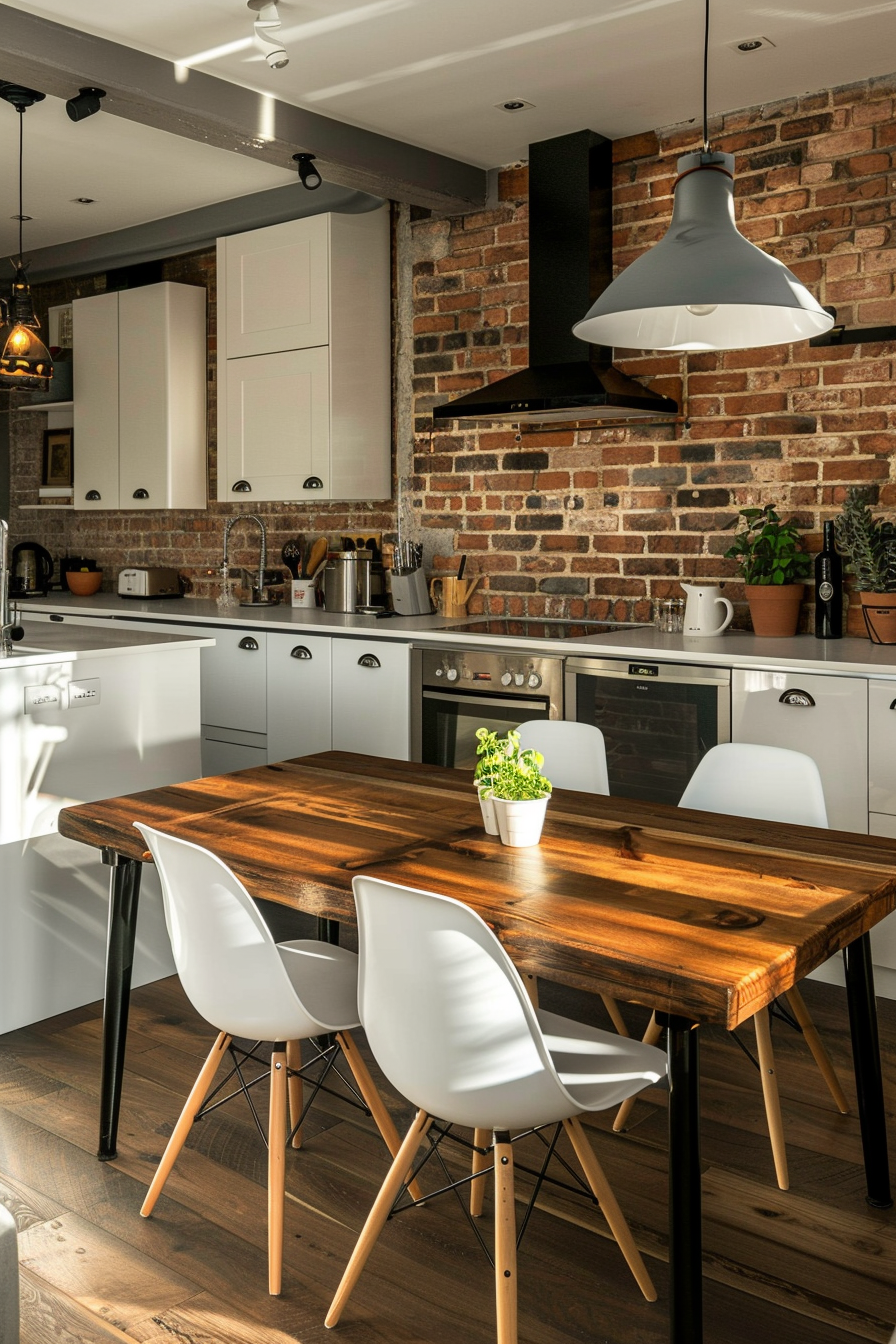

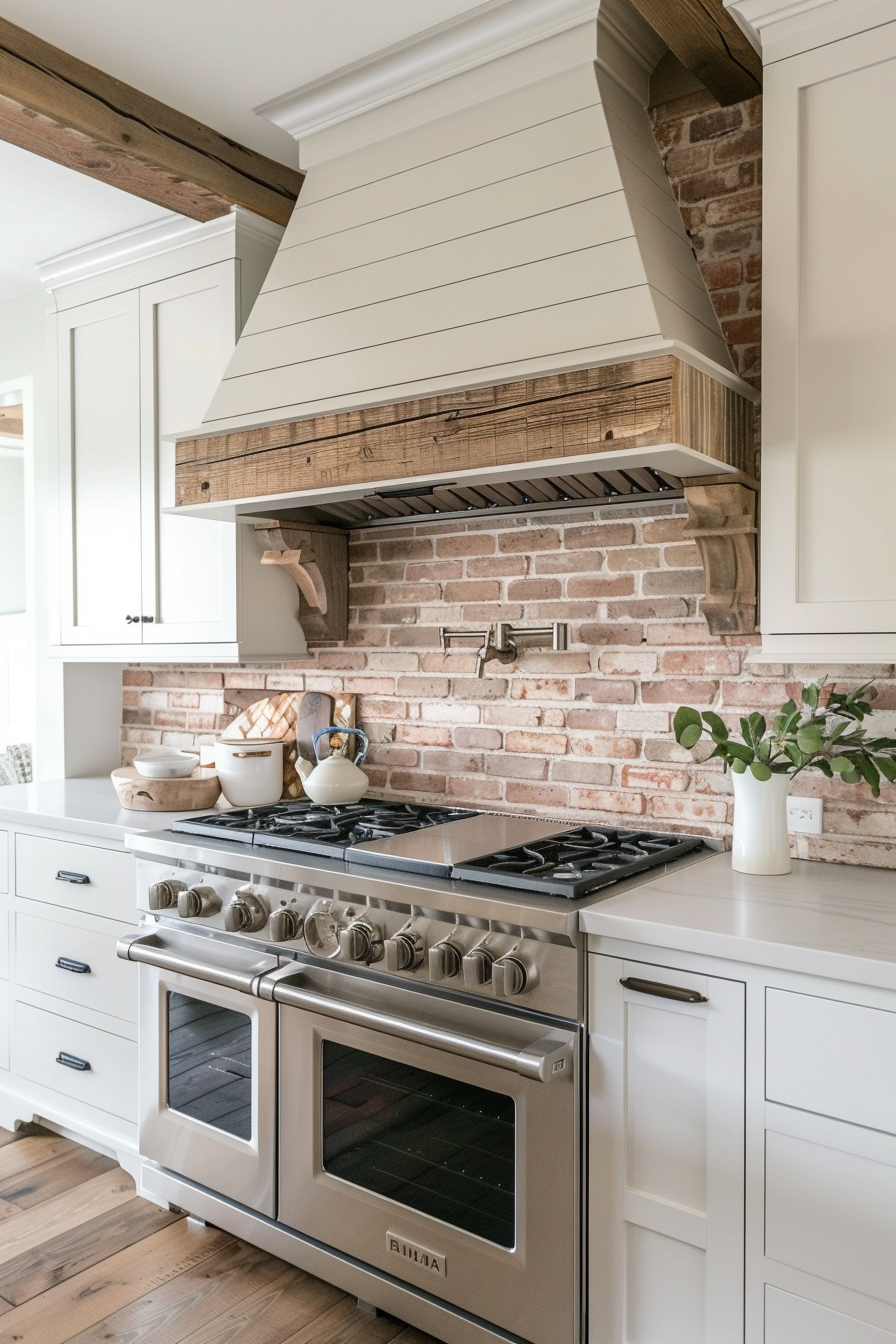









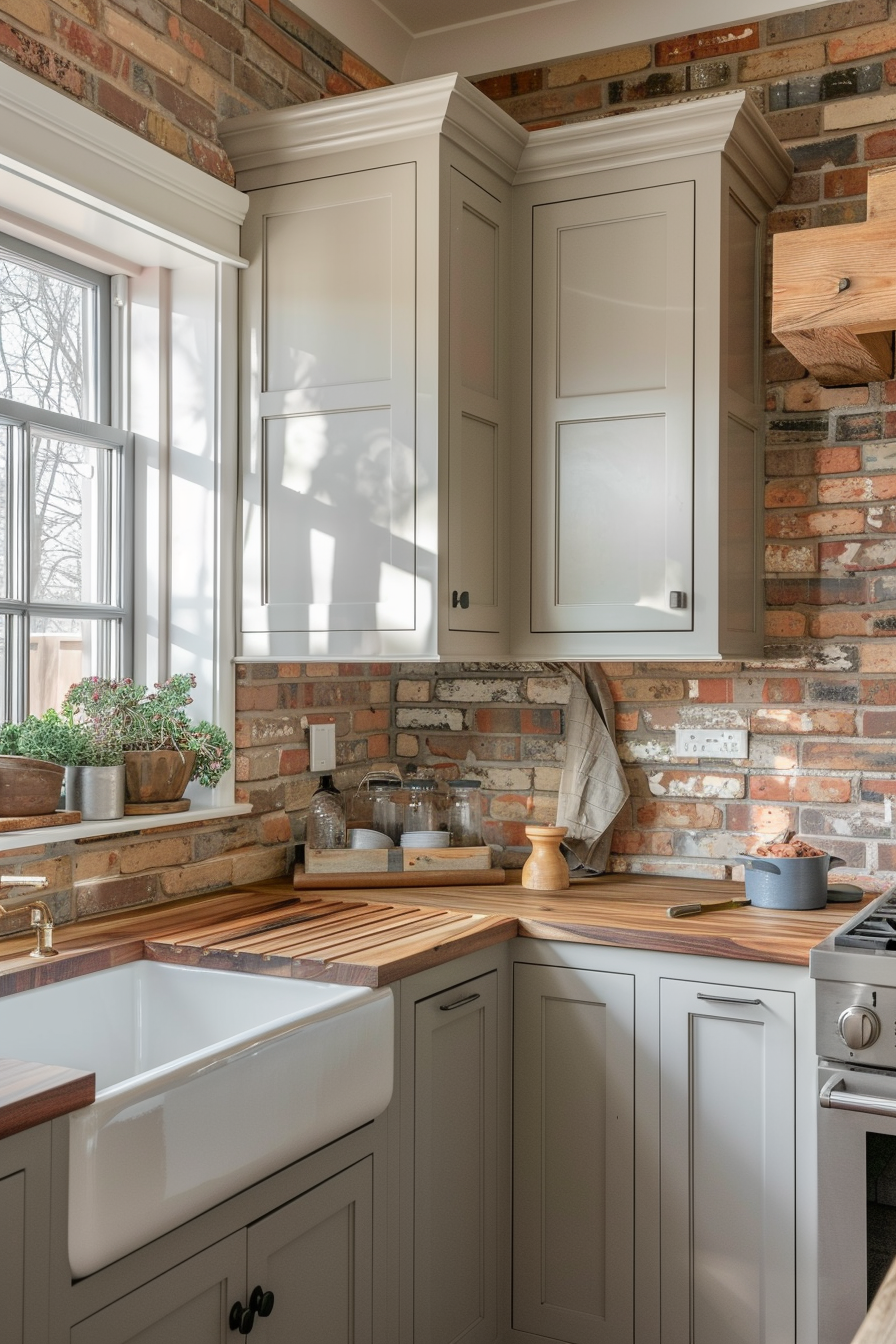

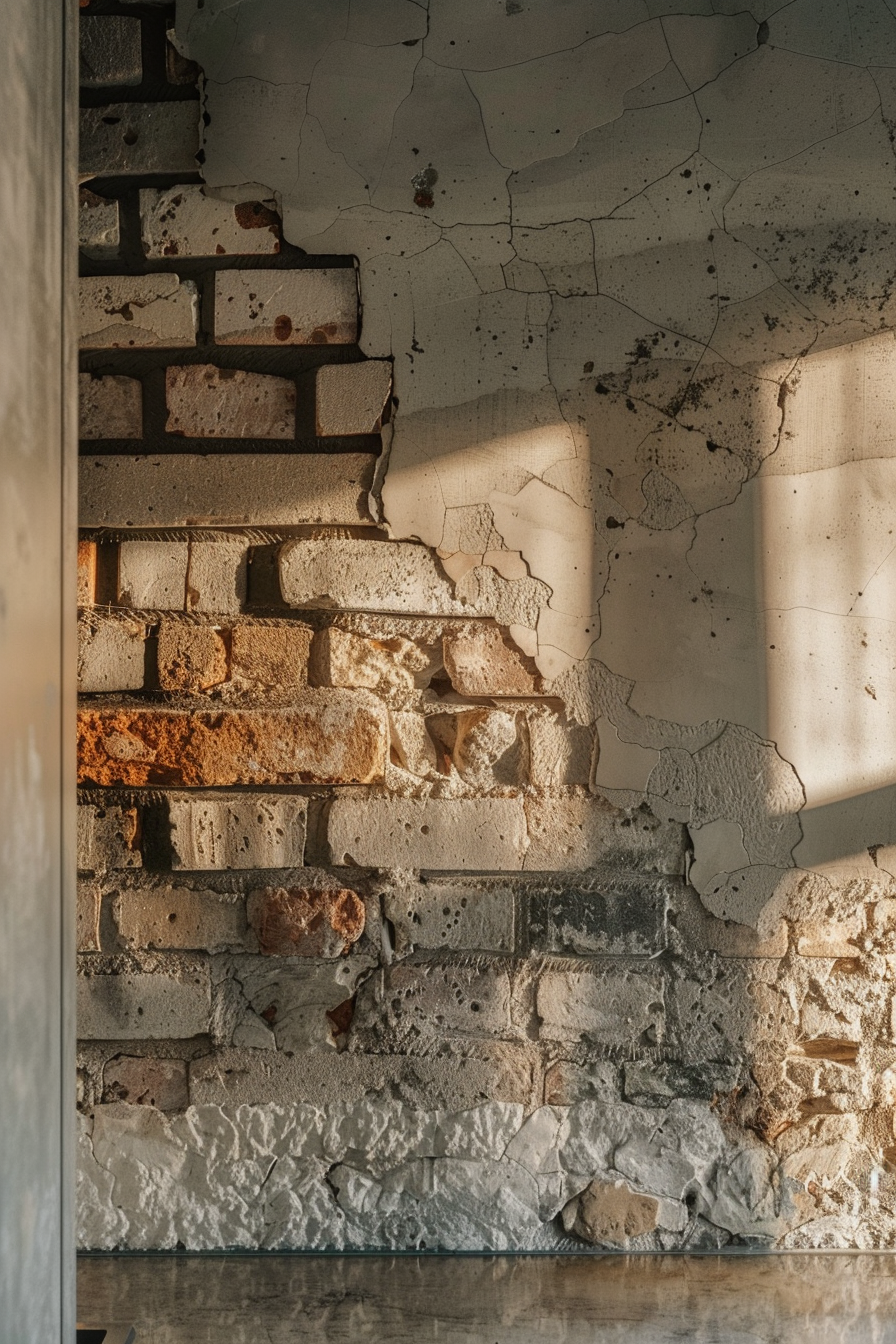


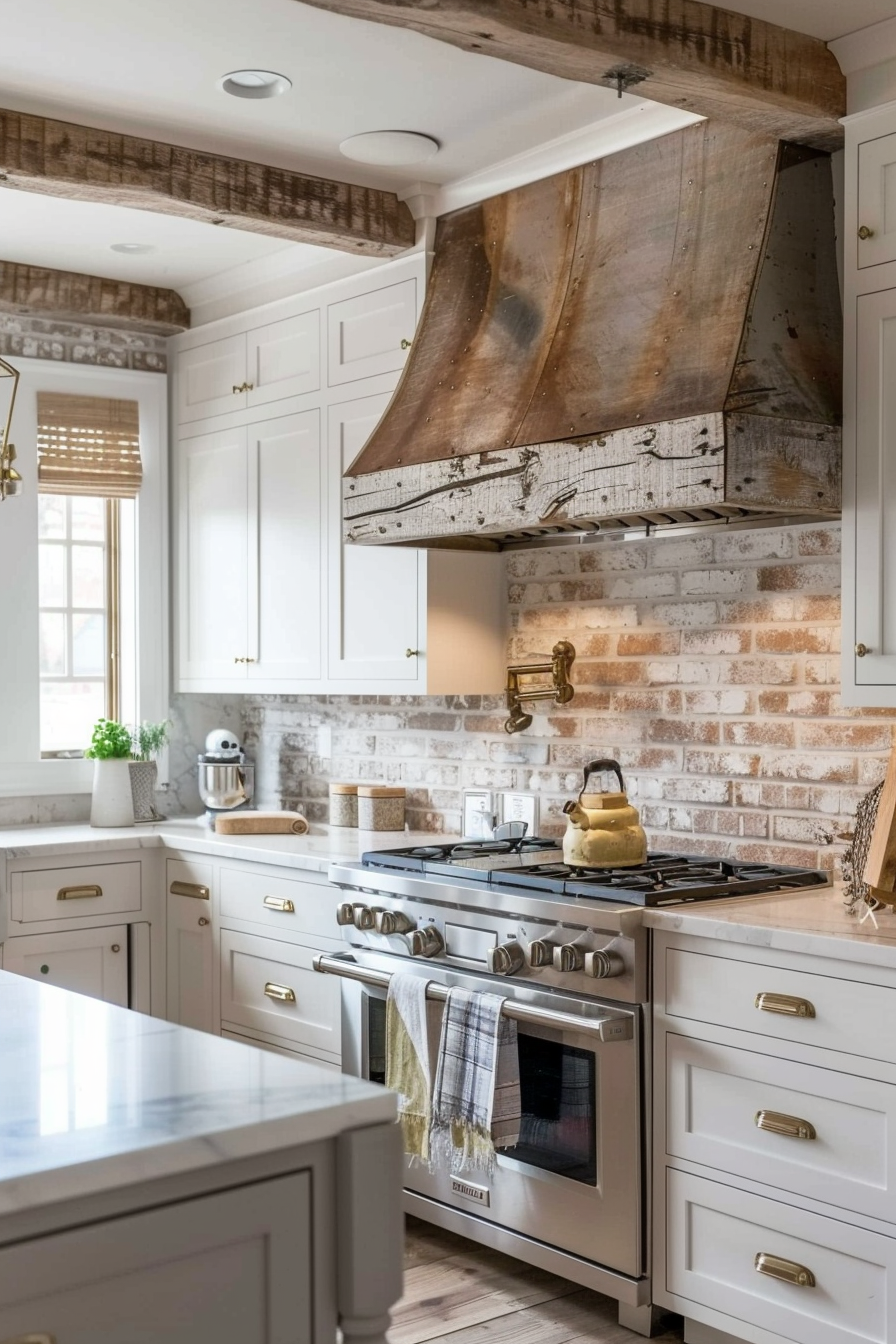





















Follow Quiet Minimal on Pinterest for more home design tips and inspiration.


